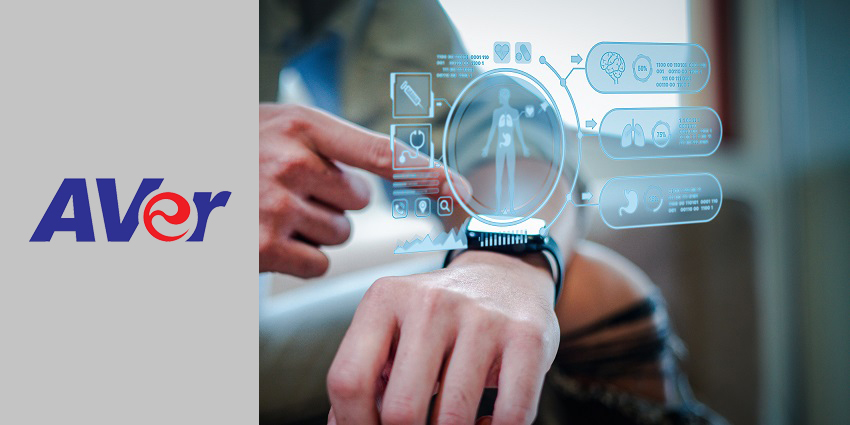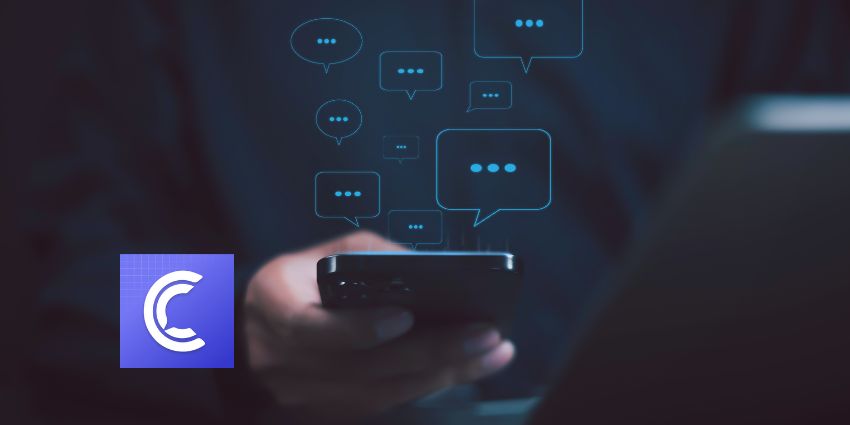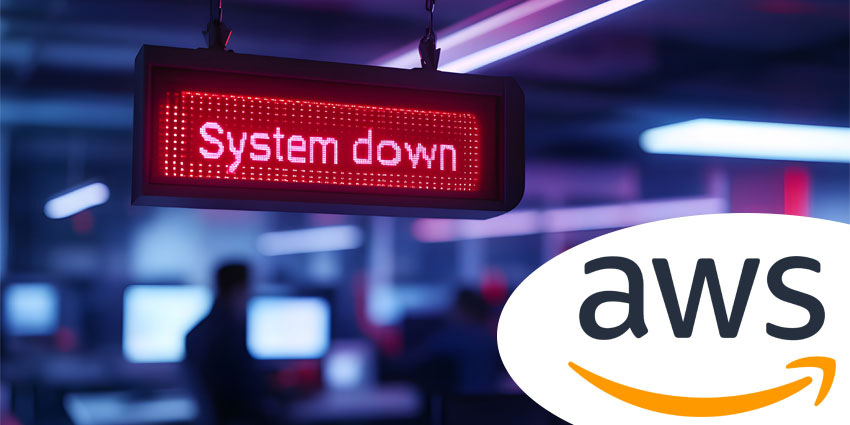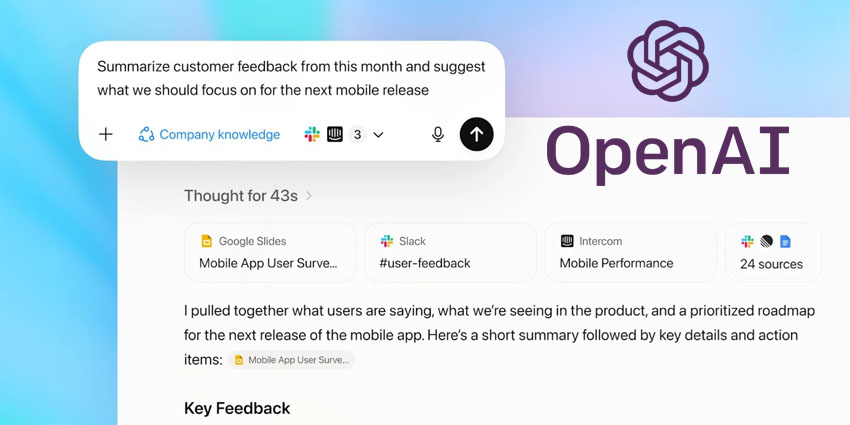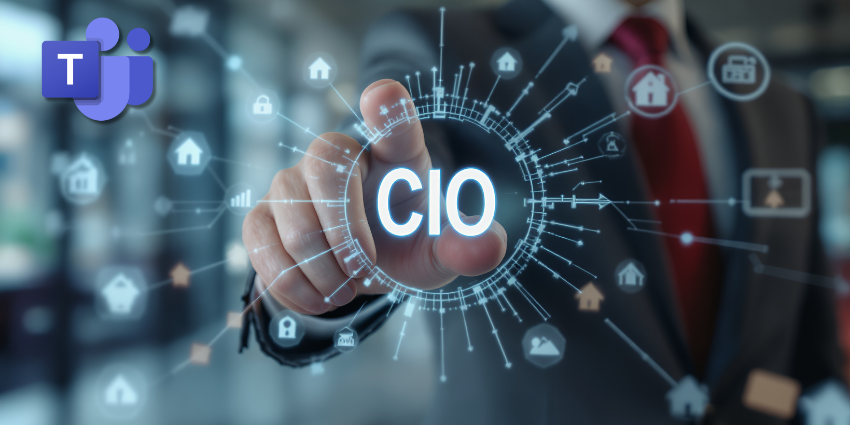Healthcare is one of the fastest growing and most innovative industries in the modern world. The quest to improve and preserve human health has driven countless groups to invest in state-of-the-art technology, and new ways of supporting patients.
Since the pandemic, in particular, the rate of change in the healthcare space has increased, paving the way for everything from incredible telehealth opportunities to faster drug development. For health leaders, staying ahead of the current trends is crucial to ensure the consistent delivery of exceptional care. The question is, which trends should you be watching in 2024?
While there are various factors shaping the connected health landscape of tomorrow, some are more significant than others. Here are some of the most impactful tech innovations worth exploring as we move into the new era of healthcare.
1. The Digitisation of Healthcare
The pandemic in 2020 forced countless healthcare organizations to adopt to a new, digital environment, spurring the development of the connected health landscape, where technology bridges the gaps between healthcare groups, experts, and patients. With in-person appointments restricted, groups needed to find new ways to provide care to patients.
2. Advanced Training Experiences
Innovative solutions like AI-enhanced video cameras, IoT technologies and wearables aren’t just influencing the level of care providers can give remote patients. These technologies are also paving the way for faster, more immersive training sessions for new professionals. For instance, using video, specialists can stream surgical procedures live.
This not only allows for rapid remote collaboration between team members, but it also means facilities can educate remote employees, enrich medical data, and case studies with recordings, and even collect data for later analysis.
Some healthcare facilities are even beginning to branch into extended reality and the metaverse to improve training outcomes. Video streams can be converted into interactive virtual reality simulations for students. Augmented reality glasses can even be used to provide step-by-step guidance and instruction to professionals as they work.
3. Big Tech Cloud Platforms Enter Healthcare
While healthcare companies have long relied on cloud-based platforms for contact center management and unified communications, most of the solutions used by these organizations initially haven’t been specifically tailored to health. Now, in the connected healthcare market, big tech vendors are beginning to deliver more comprehensive solutions for health leaders.
For instance, Amazon has its AWS solution for Health, a cloud services platform for clinical systems analytics, patient experience management, and more. Microsoft also has its own dedicated cloud solution for Healthcare vendors, with access to collaboration tools, patient engagement and more.
These solutions are making it easier for healthcare providers to access the comprehensive platforms they need, alongside crucial integrations with patient monitoring systems and data analytics tools. What’s more, they ensure organisations can leverage these tools without compromising on strict compliance standards surrounding regulations like HIPAA.
4. Generative AI in Healthcare
AI is a major trend in virtually every industry right now. In the healthcare sector, AI is already helping countless organisations draw useful insights from data, rapidly diagnose diseases, and even automate certain tasks, like patient administration.
Generative AI, a trend that burst into the spotlight in 2023, is set to have a significant impact on the health industry in the years ahead. It will provide every healthcare professional with access to virtual assistants and chatbots which can offer support throughout the patient journey. Plus, it will ensure healthcare groups can offer personalised self-service support to patients booking appointments.
Not only will generative AI streamline the administrative tasks of the healthcare industry, but it could help organisations to create tailored treatment plans for individual patients. AI can be used to analyse patient DNA and treat diseases with specific solutions. Additionally, these tools can even be used to create and monitor digital twins of patient systems, brains, and other organs.
5. Ambient Health Monitoring
Finally, remote patient monitoring, which involves collecting and monitoring patient data from a remote location, is another trend that began to emerge during the lockdowns of the pandemic. The need to “isolate” forced healthcare providers to find new ways to care for patients with fewer in-person visits. Even after the pandemic began to subside, medical professionals still need effective ways of monitoring patients remotely, to minimise the spread of germs.
Ambient health monitoring solutions use sensors and devices to keep track of patient health with minimal invasiveness. For instance, companies can install cameras and devices into senior care facilities, to consistently monitor the health of residents, without the need for regular in-person visits.
Tele-ICU solutions allow healthcare providers to capture the details of a patient’s health in real-time, with centralised monitoring tools. These solutions can even include two-way communication tools, allowing care providers to provide advice and guidance to patients wherever they are.
The Trends Shaping the Future of Connect Health
Rene Buhay, SVP of Sales and Marketing at AVer Europe, says “”As we navigate the landscape of connected health in 2024, AVer Europe envisions a future where technology is not just a tool for healthcare but a catalyst for compassionate and personalised patient experiences.
With innovative solutions and commitment to the healthcare providers and patients alike, AVer’s connected health is redefining the standards of care.”
In the last few years, the healthcare industry has been influenced by an increasing demand for digital, connected solutions. The trends above are shaping a new future, where patients can access personalised support and care regardless of where they are. At the same time, innovative new tools are helping to create a more productive, collaborative workforce in the healthcare industry.
In the years ahead, new tech solutions will only continue to transform the way experts monitor, manage, and improve the health of patients worldwide.
